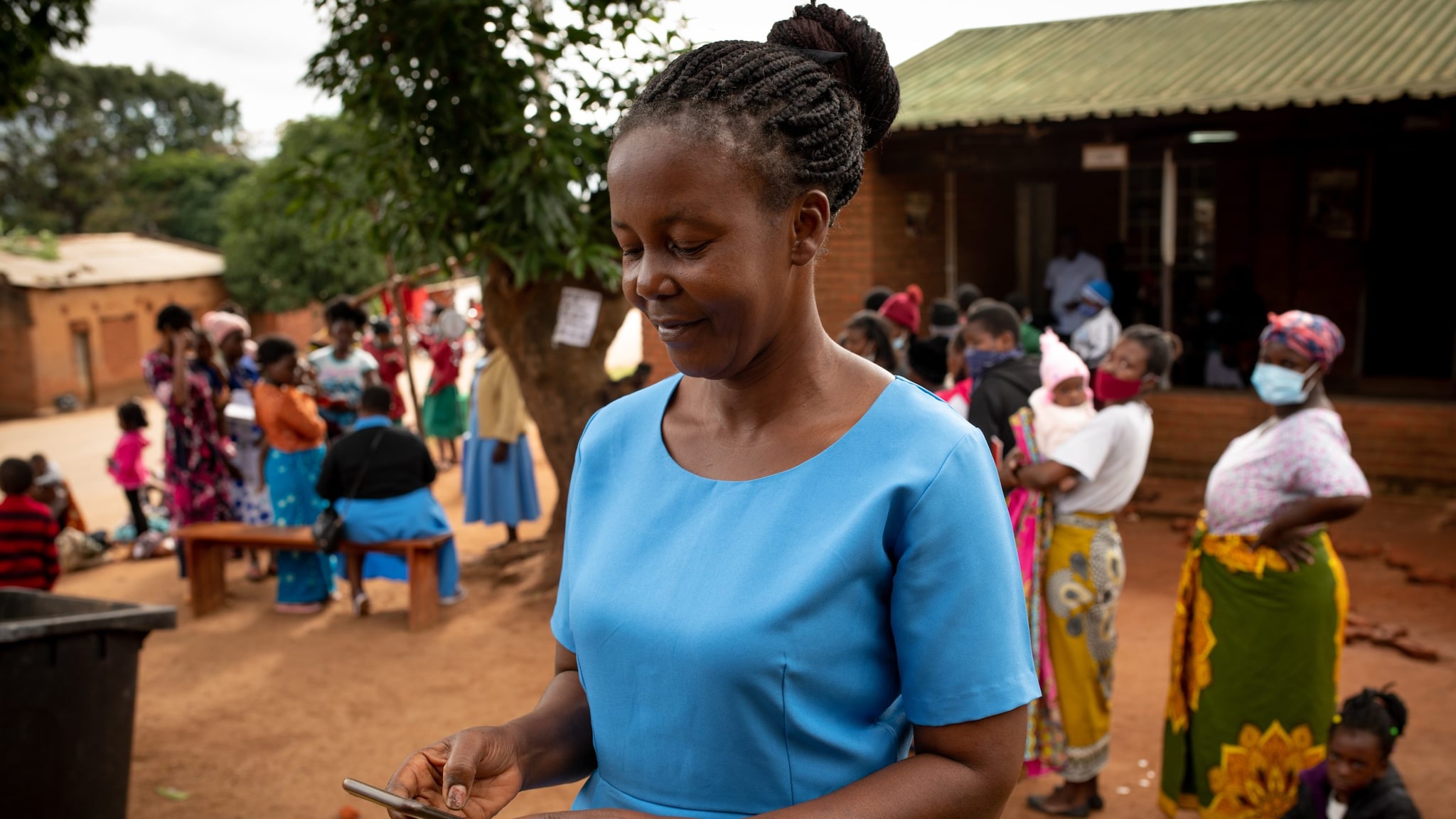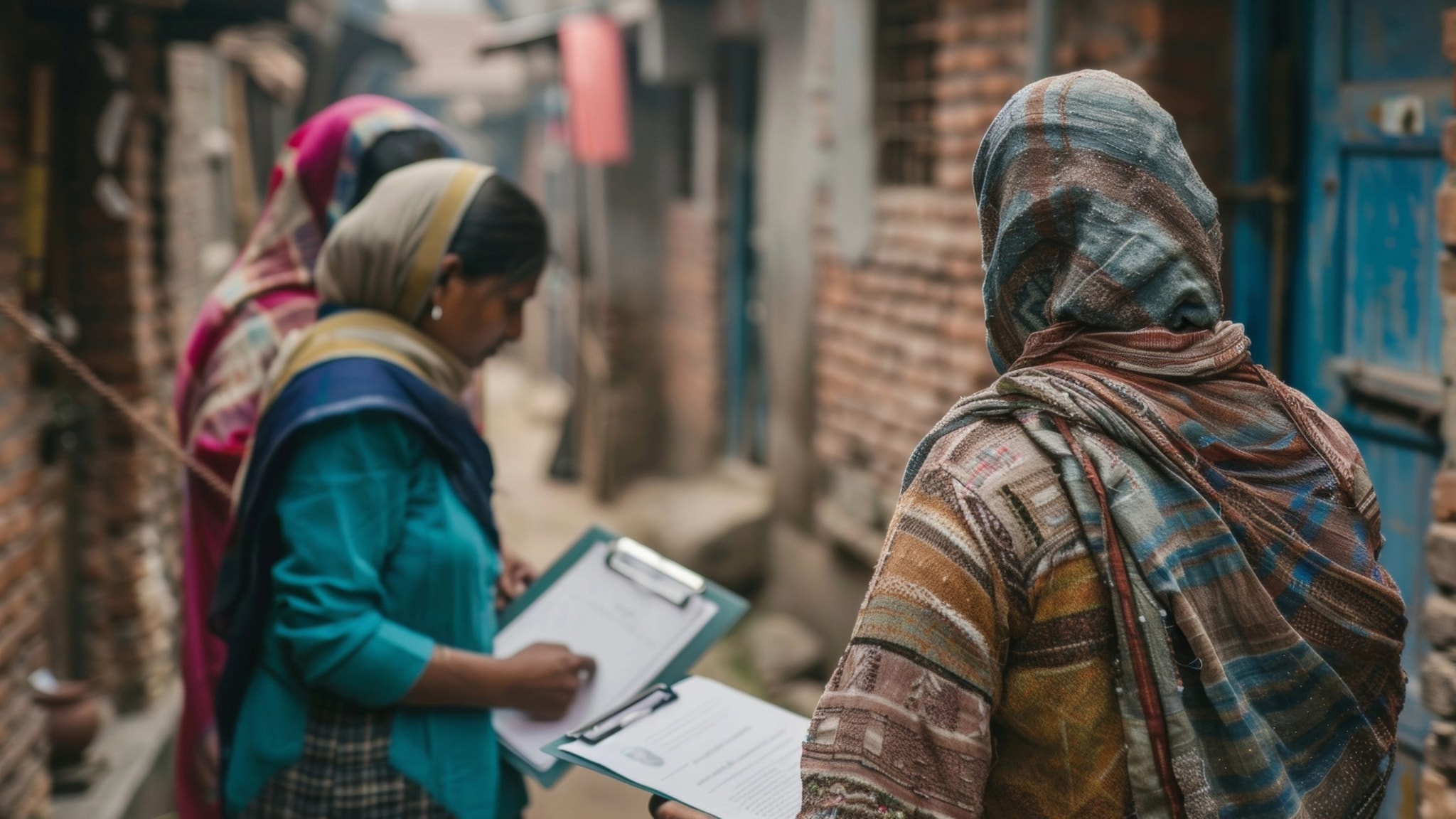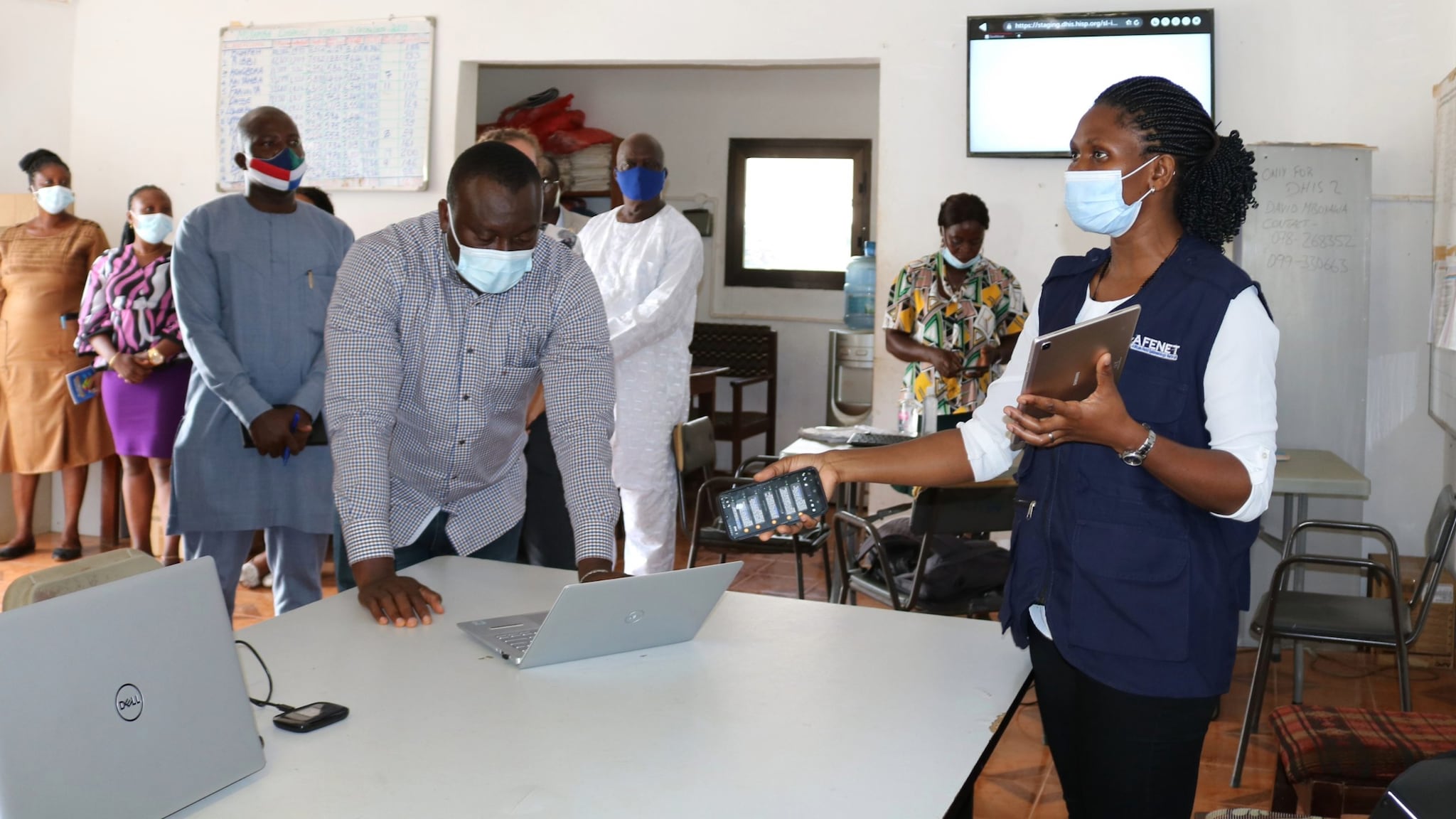At a glance
To effectively contain current and emerging health threats, countries must have strong surveillance systems capable of tracking infectious disease cases, strains, and outbreaks.

What We Do

CDC's Division of Global Health Protection (DGHP) collaborates with partners to enhance and expand surveillance systems, using innovative approaches and technologies to detect emerging health threats before they begin, respond to disease outbreaks, and monitor them more effectively.
For example:
- In Tanzania, our work to strengthen surveillance provided critical training for Community Health Workers stationed in Kagera who ultimately played a pivotal role in containing Tanzania's first outbreak of Marburg virus disease in March 2023.
- In Vietnam, our experts are equipping local lab experts with skills and resources to harness genetic sequencing for surveillance, thus strengthening Vietnam's efforts to anticipate threats, take preemptive action, and prevent illness, hospitalizations, and deaths.
- In Sierra Leone, our efforts to bolster surveillance systems after the 2014 Ebola outbreak increased the reach and effectiveness of the country's responses, leaving Sierra Leone better protected from not just Ebola, but any public health threat that can move across borders and potentially pose a risk to the U.S.
Impact
- Since 2023, DGHP has strengthened over 50 disease surveillance systems, ensuring rapid responses to emerging health threats in over 40 countries.
- Since 2023, CDC has tracked and investigated more than 250 unique diseases globally.

